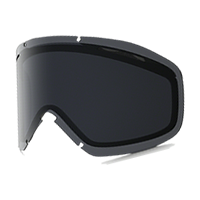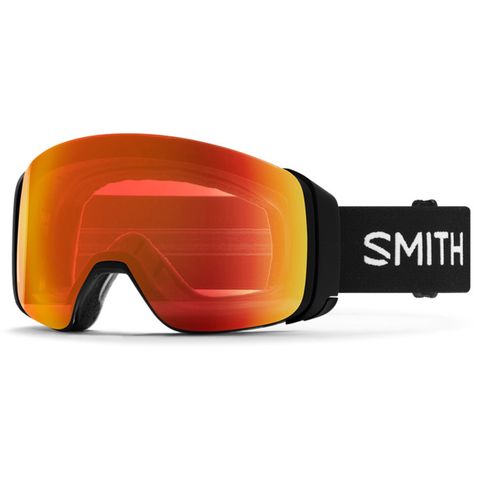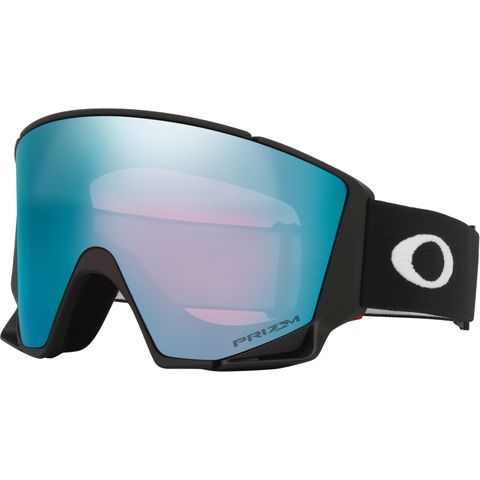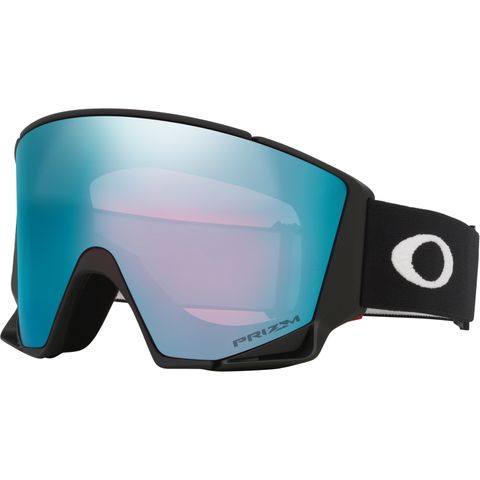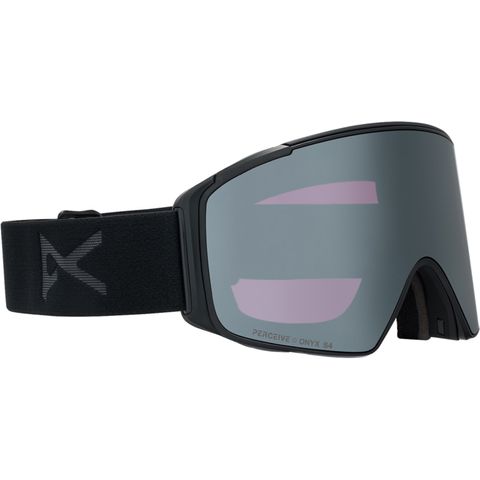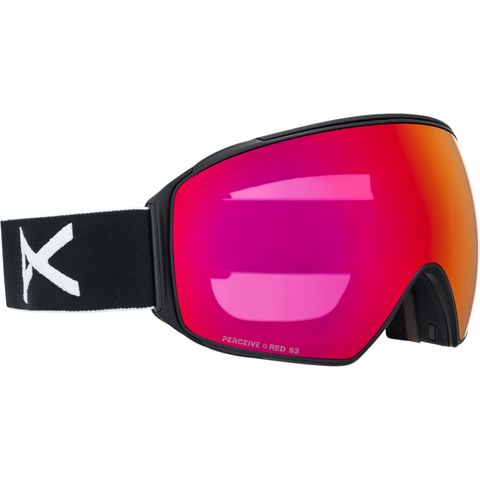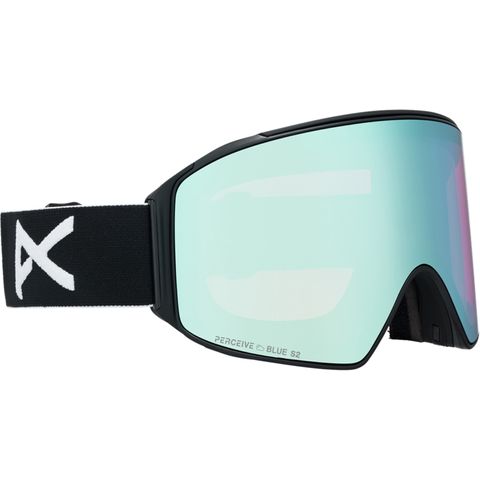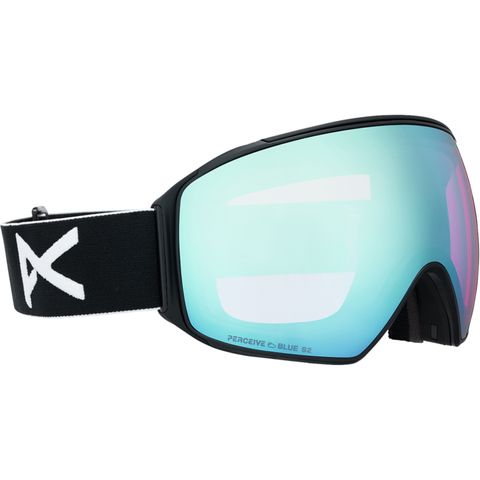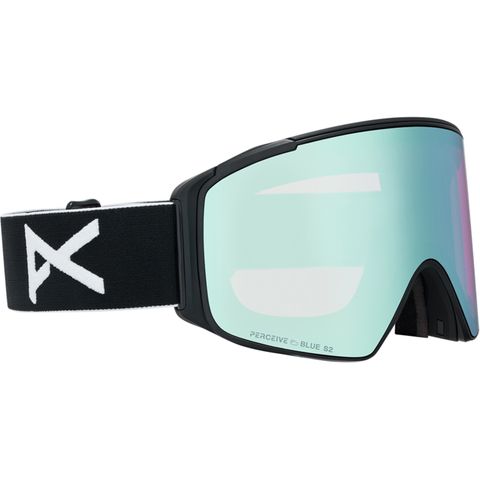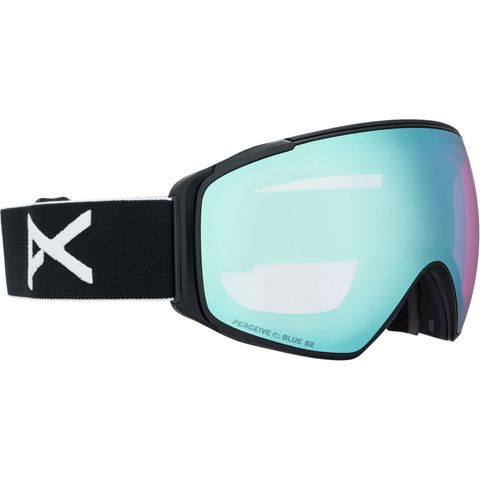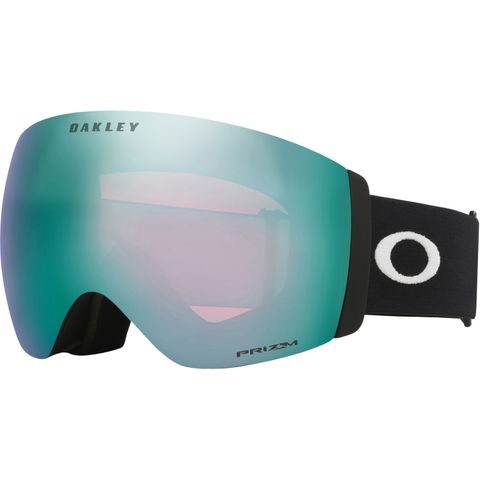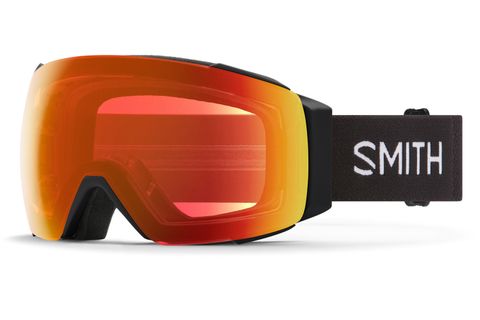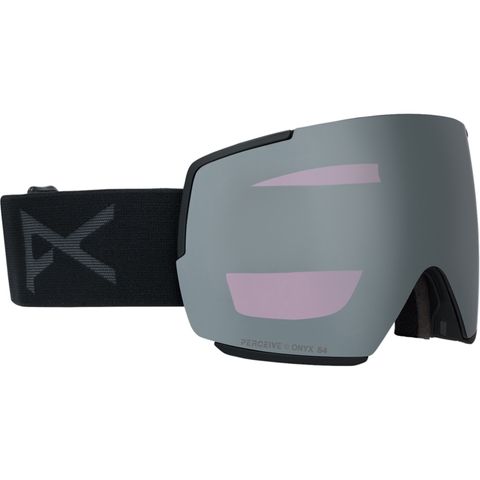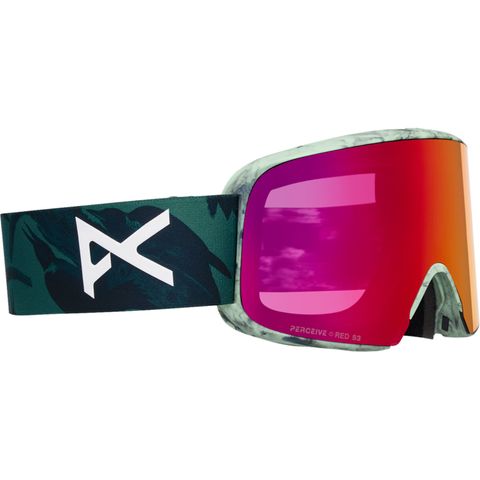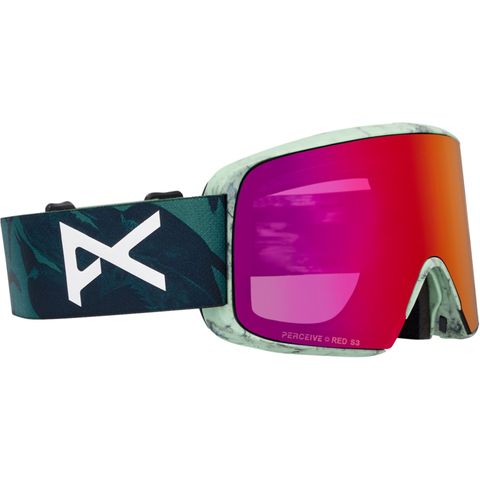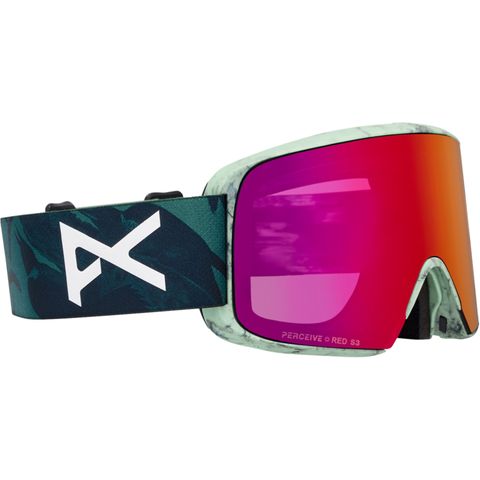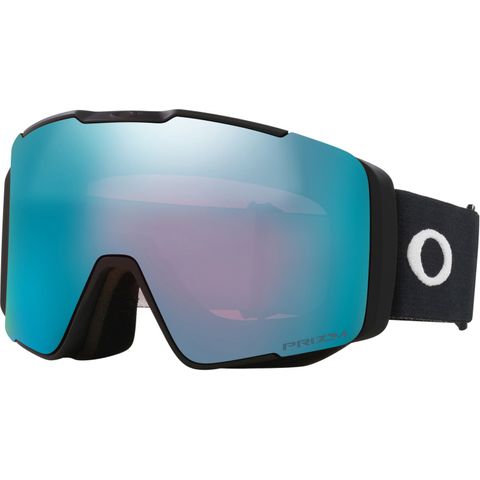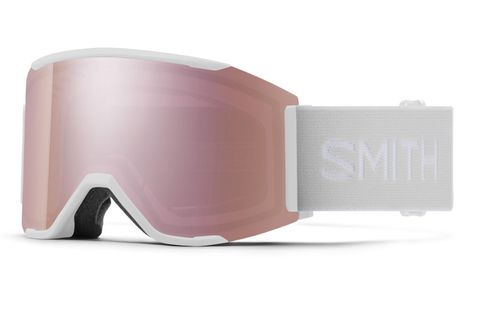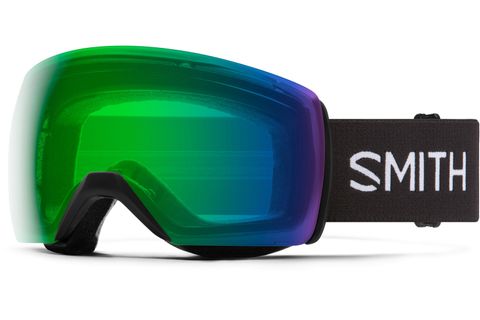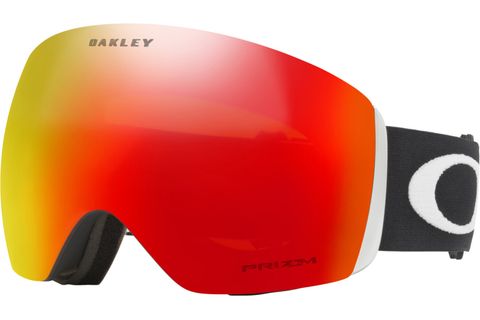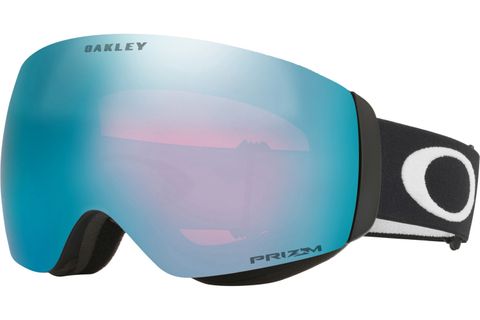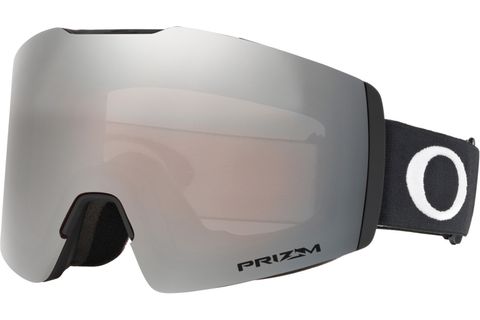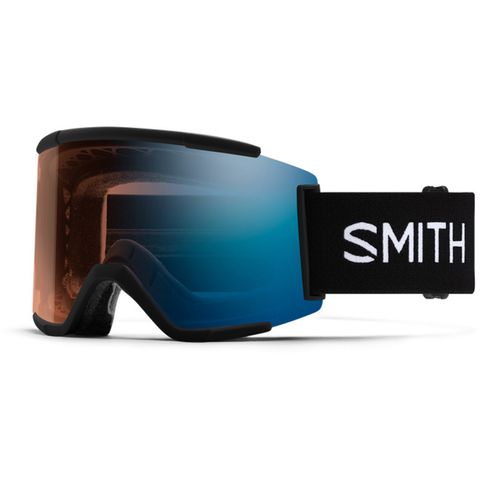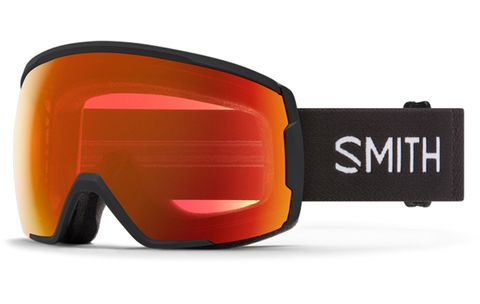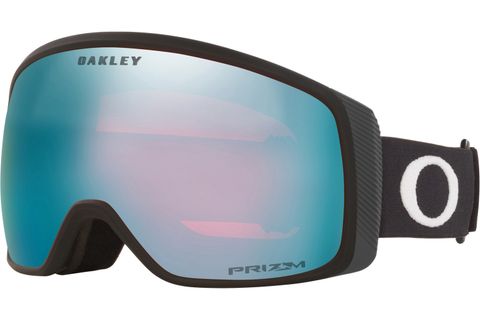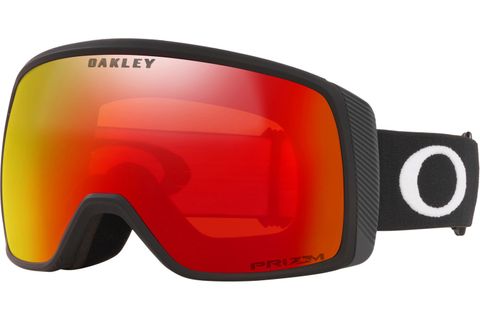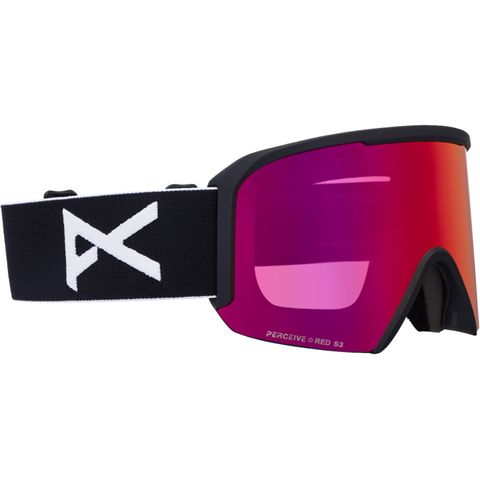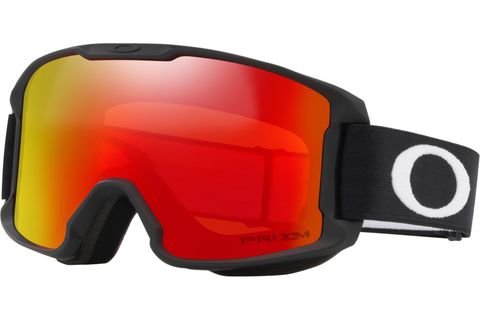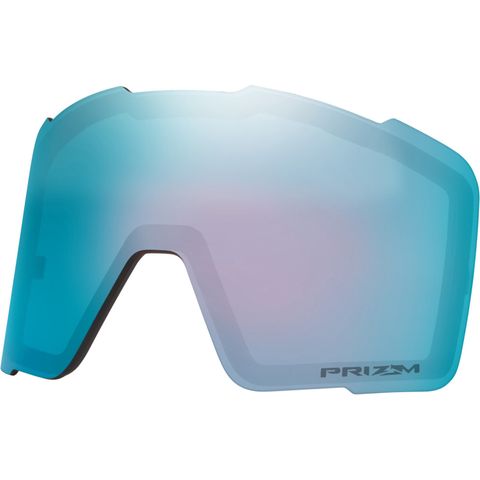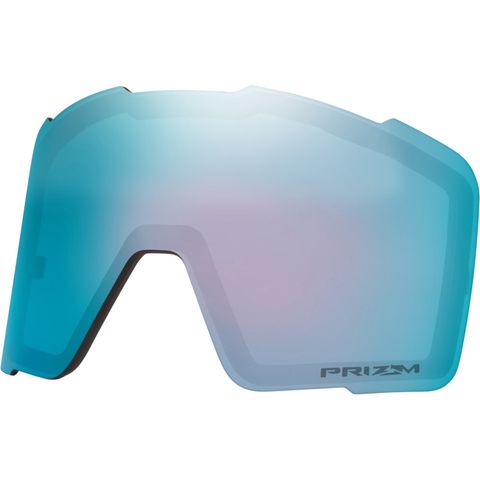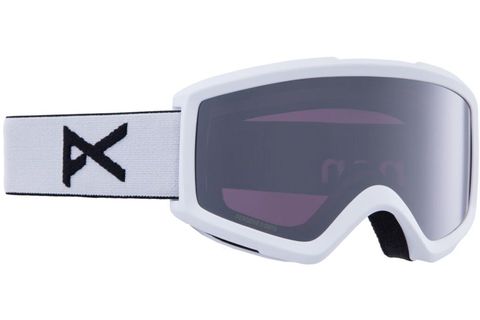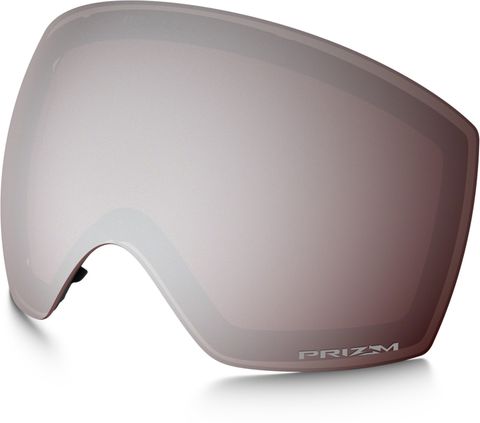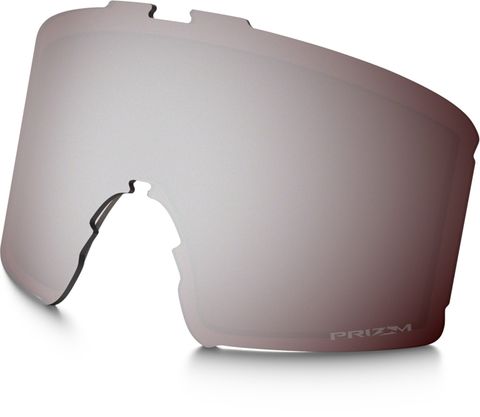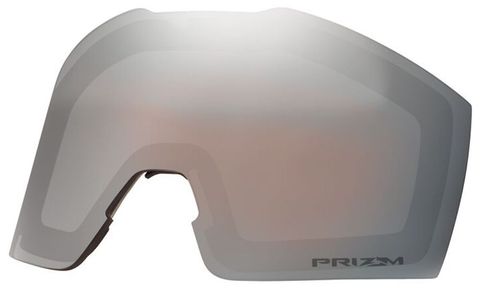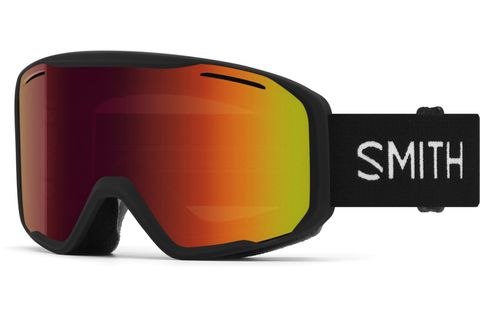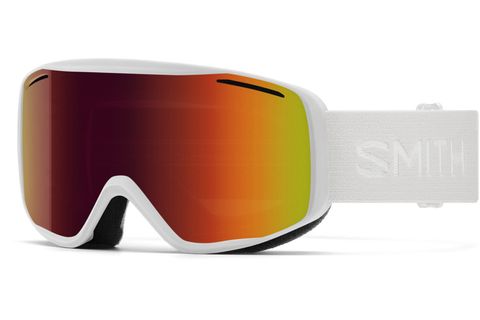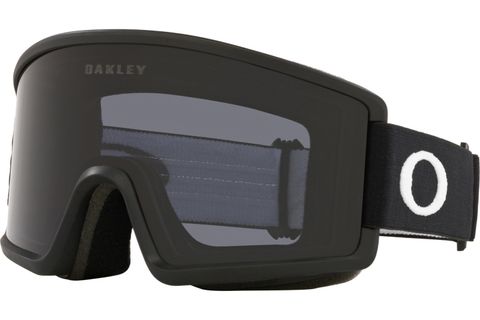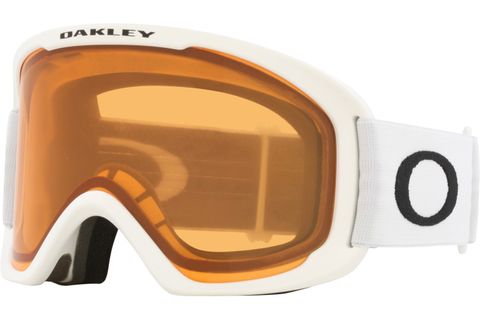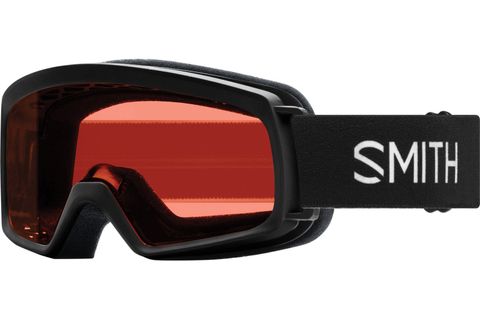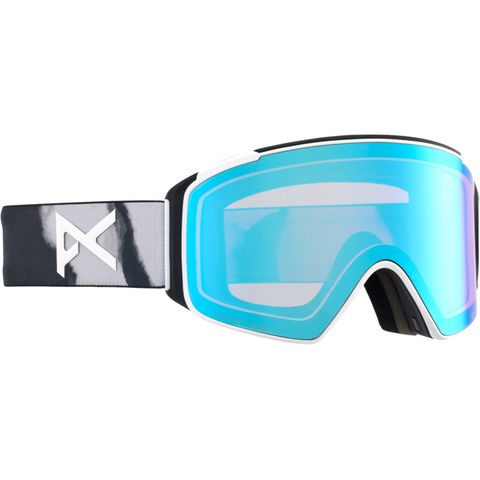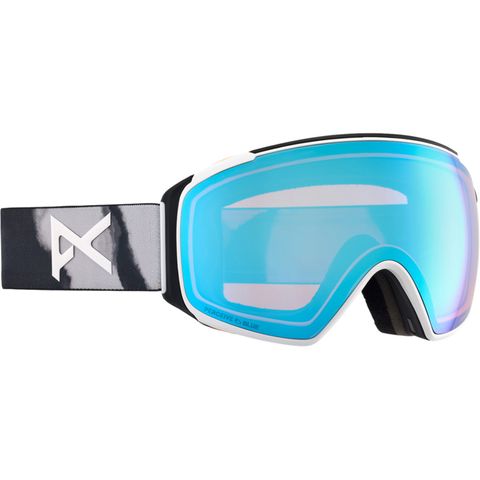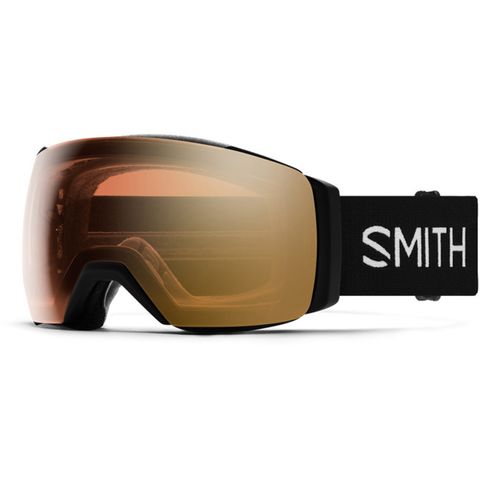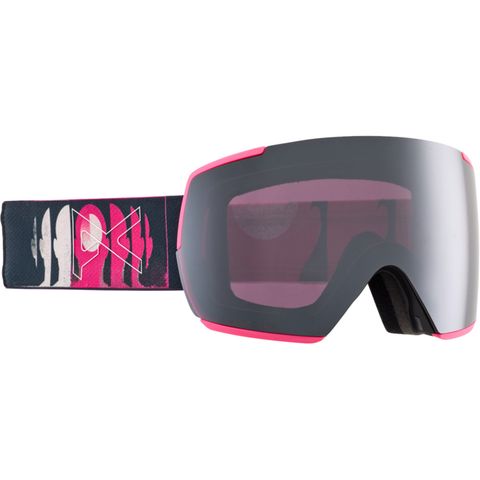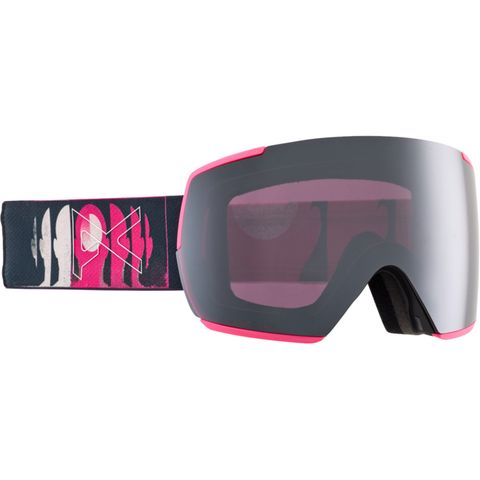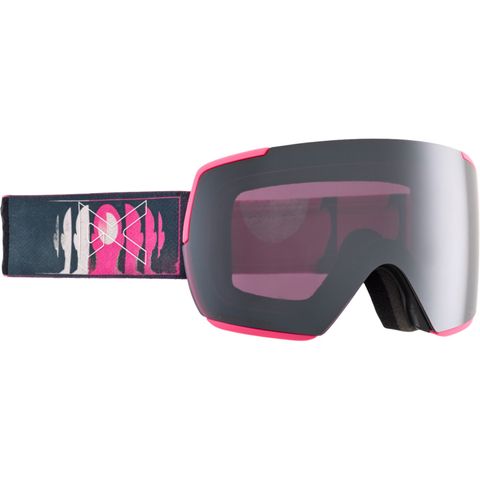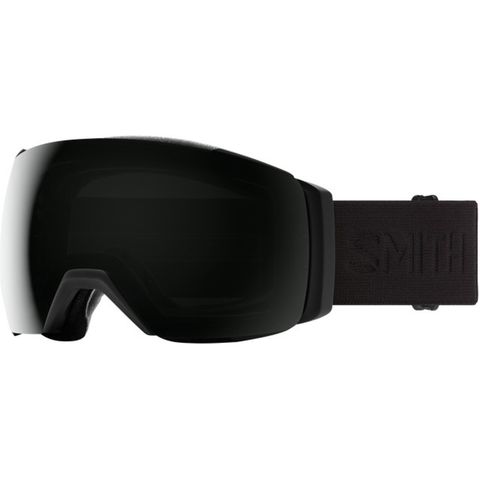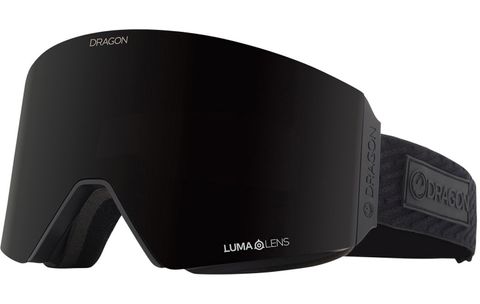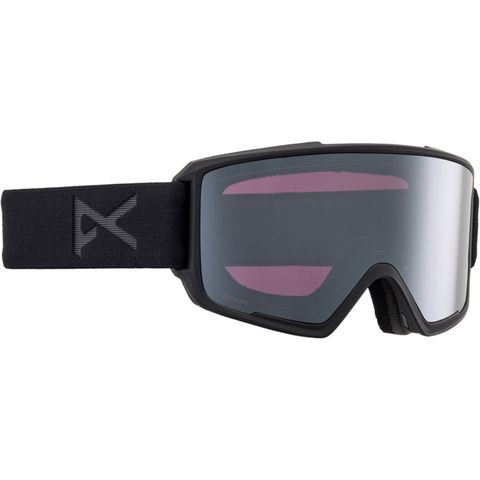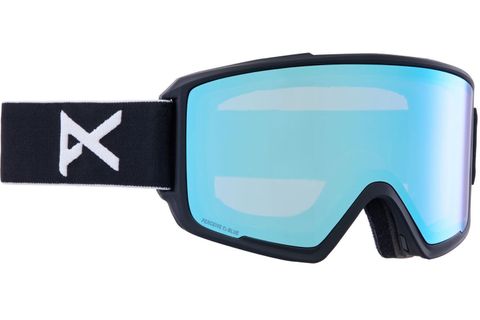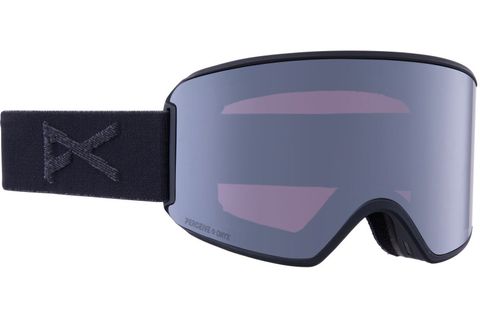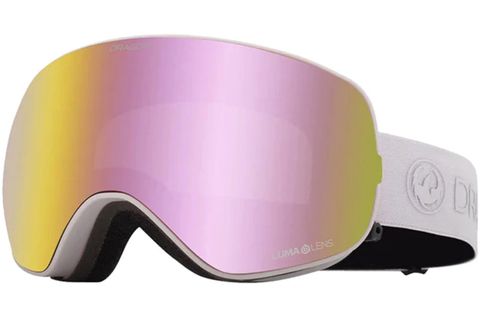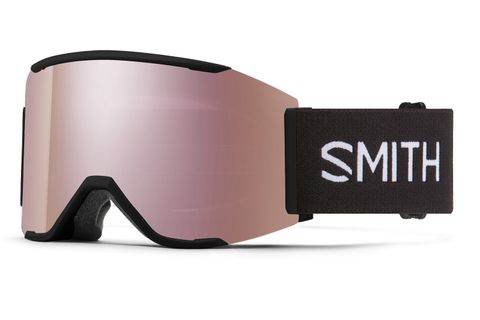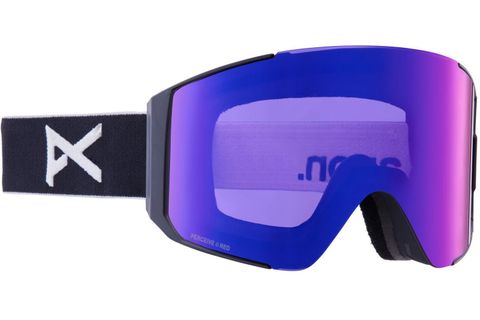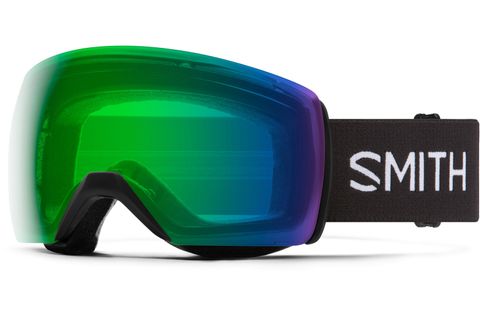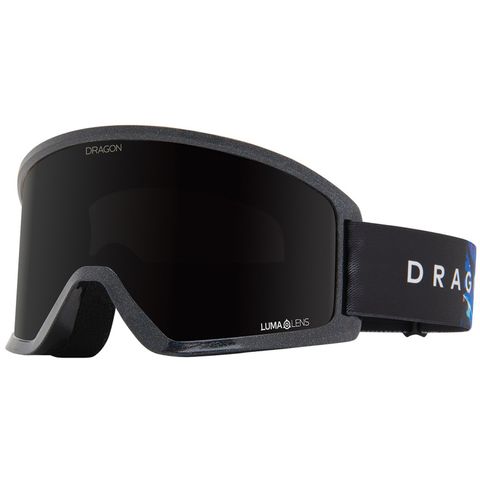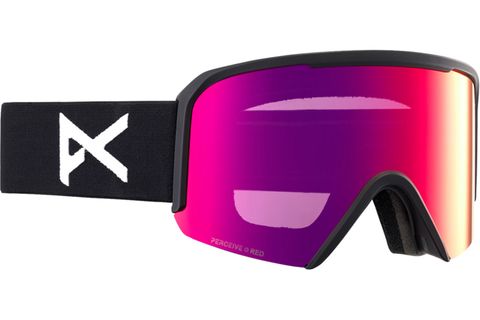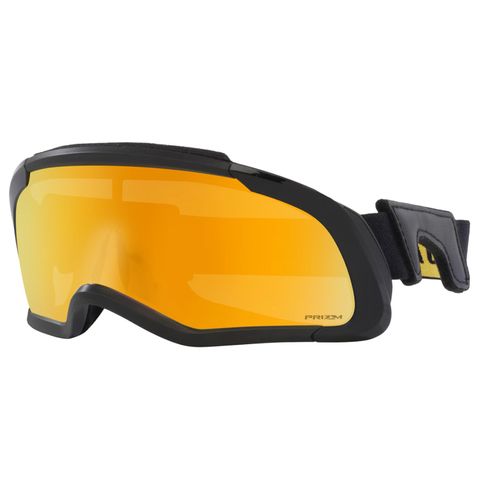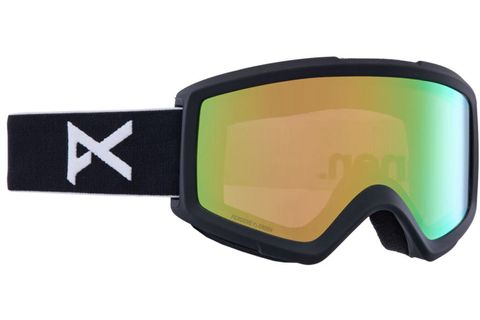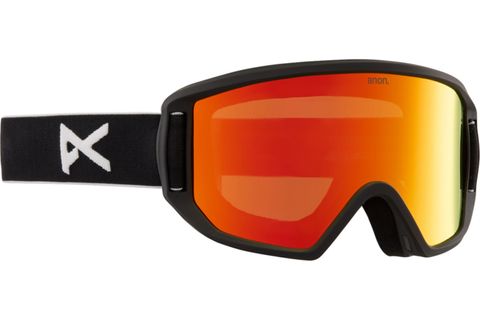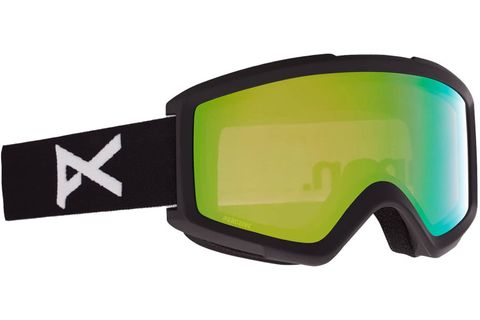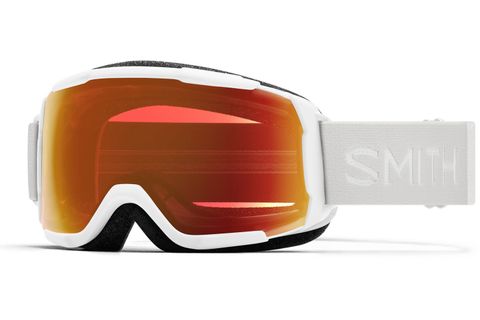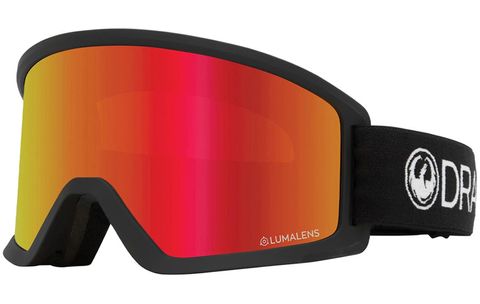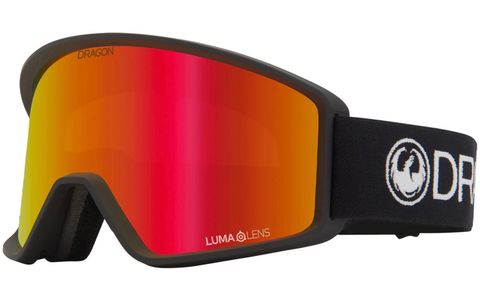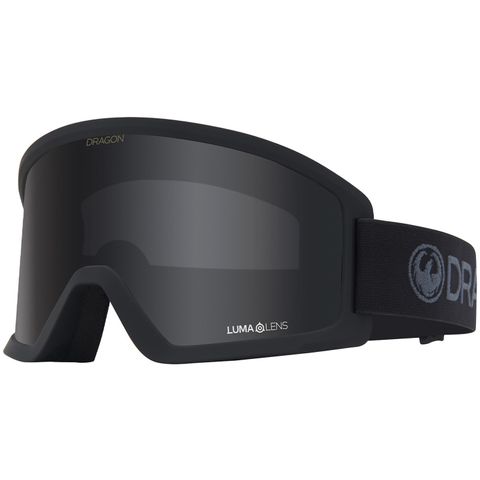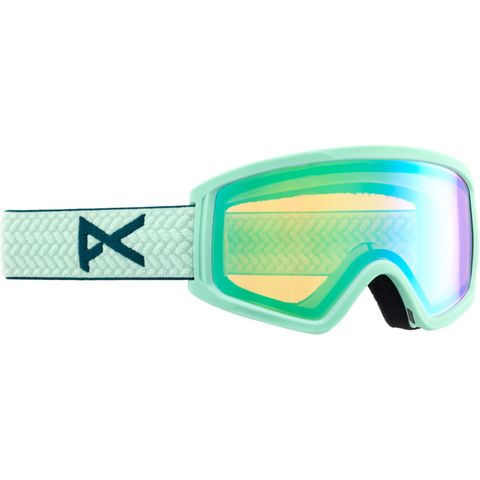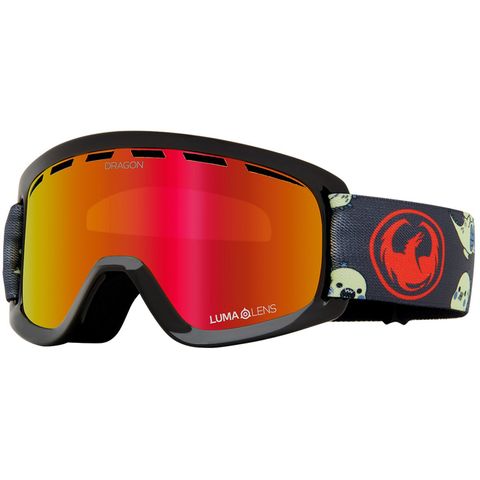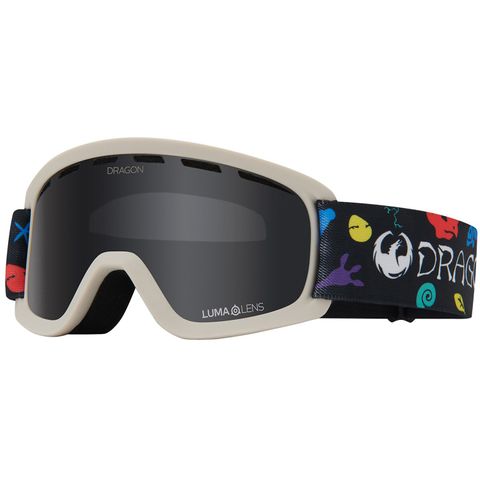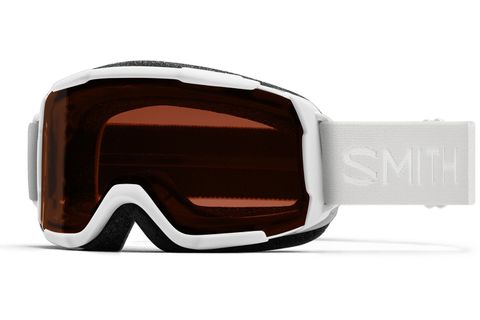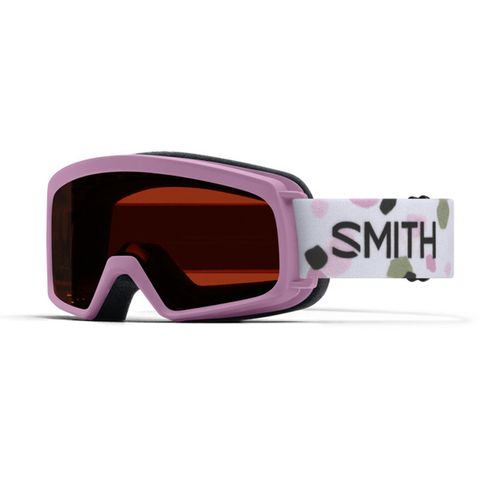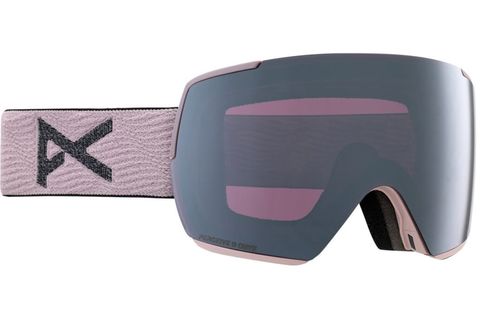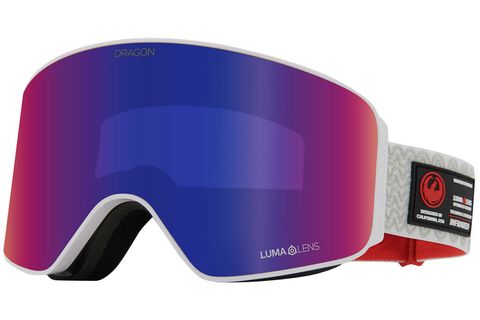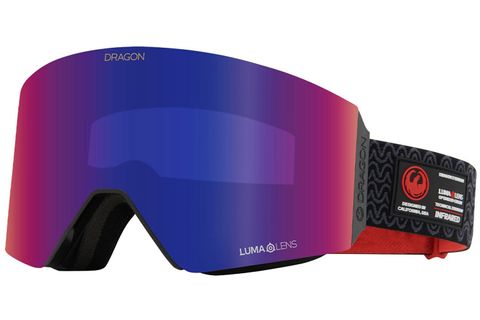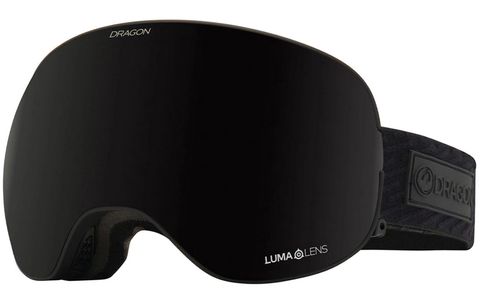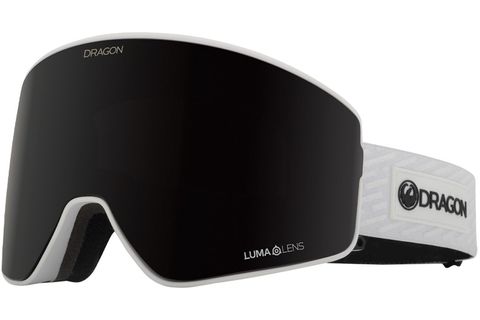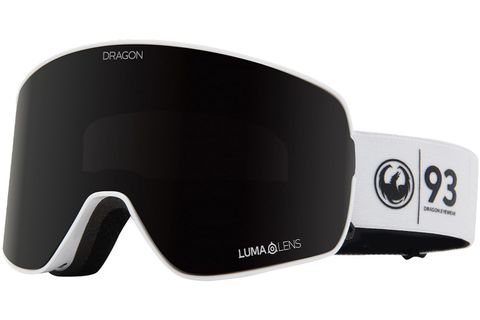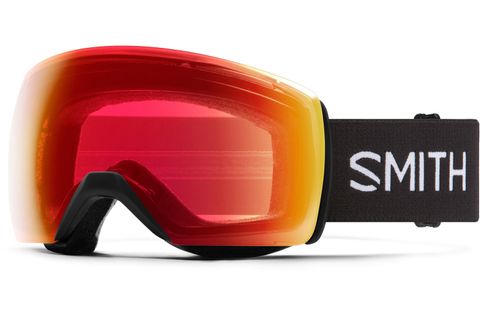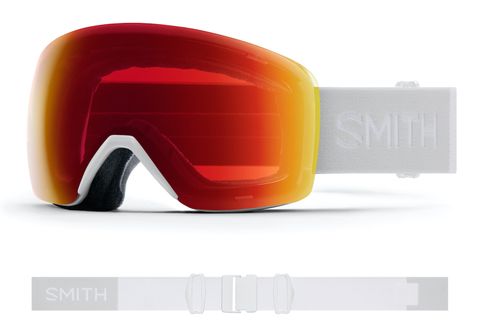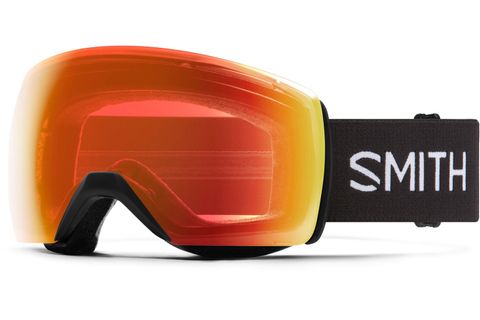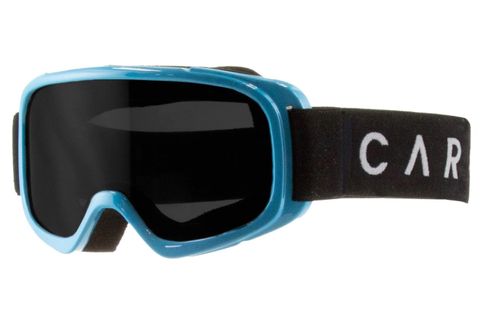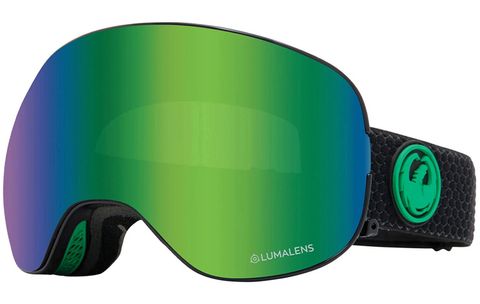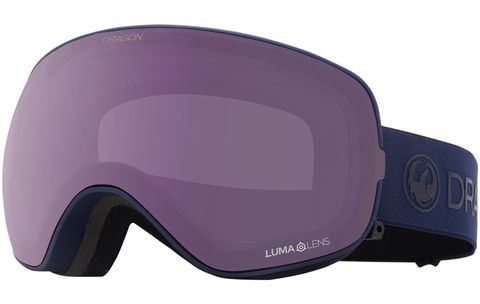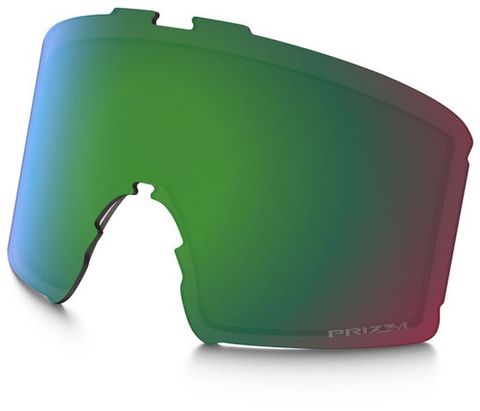Snow Goggles
.jpg)
Snow goggles are an essential piece of equipment as they provide protection from the sun, wind, and snow and enhance visibility in low light conditions. Snow goggles are typically made with a soft plastic frame that sits snugly against your face and features a flexible strap to keep them securely in place. Most goggles have lenses that are designed to optimize vision in flat light conditions. Some snow goggles come with interchangeable lenses, allowing you to swap them out depending on the lighting conditions. When choosing snow goggles, it is important to consider the lens shape, lens tints, lens contrast enhancing technologies, frame design and frame size.
LENS SHAPES:
- SPHERICAL/TORIC: Spherical goggle lenses are curved both horizontally and vertically around your face like a sphere. Spherical goggles often provide a better field of view however are more expensive to make.
- CYLINDRICAL: Cylindrical goggle lenses in comparison have a flat horizontal plane and a curved vertical plane. They are cheaper to produce so are most often found on low-end goggles however some high-end models use a cylindrical lens design for the unique style.
LENS/VLT TINTS:
Having a suitable lens tint for the conditions can enhance contrast, reduce glare, and provide better depth perception, while the wrong lens tint can impair your vision and make it more difficult to navigate on the mountain. Snow goggle lenses use a measurement called VLT which stands for Visible Light Transmission and refers to the amount of light that passes through. The VLT of a snow goggle lens is an important factor to consider when selecting a lens for specific weather and light conditions. For example, on a bright, sunny day, a snow goggle with a low VLT (10-20%) would be ideal as it reduces the amount of light that enters the eye and prevents glare. On a cloudy day or when skiing in low light conditions, a snow goggle with a higher VLT (30-50%) is better, as it allows more light to enter and improves visibility. Some snow goggle lenses have variable VLT, which means that they can adjust to changing light conditions. These lenses are often called photochromic or transition lenses and can change their VLT from a higher percentage in low light to a lower percentage in bright light. There are lenses that fit in the middle of the spectrum that perform well in most conditions if the conditions are likely to change during the day. Here is a list of common lens colours and their matching VLT levels:
- CLEAR OR LOW-LIGHT LENSES: These lenses have a high VLT (usually above 50%) and are ideal for cloudy, low light, or night-time skiing or snowboarding. They allow more light to enter and provide better visibility in these conditions.
- ROSE OR PINK LENSES: These lenses have a VLT around 25-30% and are ideal for partly cloudy or flat light conditions. They enhance contrast and depth perception, making it easier to see changes in terrain and snow conditions.
- AMBER LENSES: These lenses have a VLT around 20-30% and are ideal for sunny or partly cloudy days. They enhance contrast and reduce glare, making it easier to see bumps and other obstacles on the mountain.
- DARK OR POLARISED LENSES: These lenses have a low VLT (usually below 20%) and are ideal for bright, sunny days. They reduce glare and provide maximum protection from the sun's harmful rays.
CONTRAST ENHANCING TECHNOLOGIES:
In 2014, Oakley released Prizm, a lens technology that enhances colour contrast and improves visual clarity, making it easier to see details in the environment. The technology was developed over several years by a team of scientists and engineers, who used spectral analysis and other advanced techniques to create lenses that selectively filter out specific wavelengths of light. Prizm lenses were initially developed for skiing and snowboarding, where visual acuity and contrast are critical for performance, however it has grown to other sports such as cycling, shooting, fishing, and golf. In more recent years, brands such as Dragon, Anon and Smith have introduced their own contrast enhancing lenses with these lenses making up the majority of the mid to high-end goggle market today.
DESIGN:
Goggles are available in two key frame designs: Framed and frameless. Ultimately, the decision between framed and frameless snow goggles will come down to personal preference, style, and the specific features you are looking for in a pair of goggles. Some people may prefer the classic look and added durability of framed goggles, while others may prefer the modern, streamlined look of frameless goggles and the wider field of view they often provide.
FRAME FIT AND SIZE:
Snow goggles come in different sizes to accommodate different face shapes and sizes. A well-fitting snow goggle is important for comfort and performance, as it should fit snugly around your face without being too tight or too loose. Most snow goggle manufacturers offer a range of sizes, typically categorized as small (S), medium (M), and large (L). The specific size options may vary by brand and model, so it's important to try on different sizes to find the best fit for you. Consider the following factors:
- ASAIN FIT: Some goggles are available in Asian fit or alternate fit variants which accounts for a lower nose bridge. These goggles are generally identical to standard goggles but feature more foam padding around the nose area for flatter faces.
- FACE SHAPE: Some goggles are designed for narrower or wider faces, so it's important to choose a size that matches your face shape. We typically find that large frames are best for wide faces, while medium frames are best for narrow faces.
- HELMET COMPATIBILITY: If you wear a helmet while skiing or snowboarding, make sure the goggles fit comfortably over the helmet and don't interfere with the helmet's fit. A large goggle generally fills the helmet gap the best.
- PERIPHERAL VISION: The size of the goggle frame can affect your peripheral vision, so choose a size that provides adequate coverage without obstructing your field of view.
QUICK CHANGE LENS SYSTEMS:
Several mid-range and high-end snow goggles feature quick change lens systems aimed at making it quick and easy to swap between lenses if the conditions change.
- MAGNETIC LENS SYSTEMS: Some snow goggles such as Anon feature magnets built into the frame and lens that allow you to easily swap lenses. To change the lens, simply pull the lens away from the frame and replace it with a new one. The magnets provide a secure hold on the lens, so you don't have to worry about it falling out.
- LEVER SYSTEMS: Some snow goggles feature a lever or button on the side of the frame that releases the lens. To change the lens, simply flip the lever or press the button and the lens will pop out of the frame. You can then replace it with a new lens.
- WITHOUT QUICK CHANGE SYSTEMS: For goggles without quick change systems such as Oakley’s, the lenses are removable and replacement by pulling the pliable frame away from the lens. To do this, hold the goggle at the nose bridge with one hand and with the other, pull the frame at the top of the lens up and away. The frames are durable so don’t be afraid to apply some force but be mindful of the delicate foam vents. Once the top of the frame has separated from the lens, continue removing the sides and bottom of the frame from the lens. To reinstall, work in reverse order. Click the bottom of the lens into the nose bridge of the frame. Once attached, move up either side of the frame and finish by pressing the top of the frame into the top of the lens.
GOGGLE CARE GUIDE:
To keep your snow goggle lenses in good condition, it's important to take proper care of them. Here are some tips for looking after your snow goggle lenses:
- AVOID TOUCHING THE INSIDE OF THE LENS: Avoid touching the inside of the lens at all times outside of cleaning. Lenses come with a moisture-wicking film on the inside lens designed to keep them from fogging up. If you need to clean the inside of the lens, make sure they are dry and only use a lint-free microfibre cloth or goggle bag.
- CLEAN THEM PROPERLY: Use a soft, lint-free cloth or a microfiber goggle bag to clean your lenses. Avoid using paper towels, tissues, or any other rough materials, as they can scratch the lenses.
- STORE THEM PROPERLY: When you're not using your goggles, dry them out of direct sunlight and keep them in a soft case or protective pouch. This will prevent scratches or damage to the lenses and protect them from dirt and dust.



